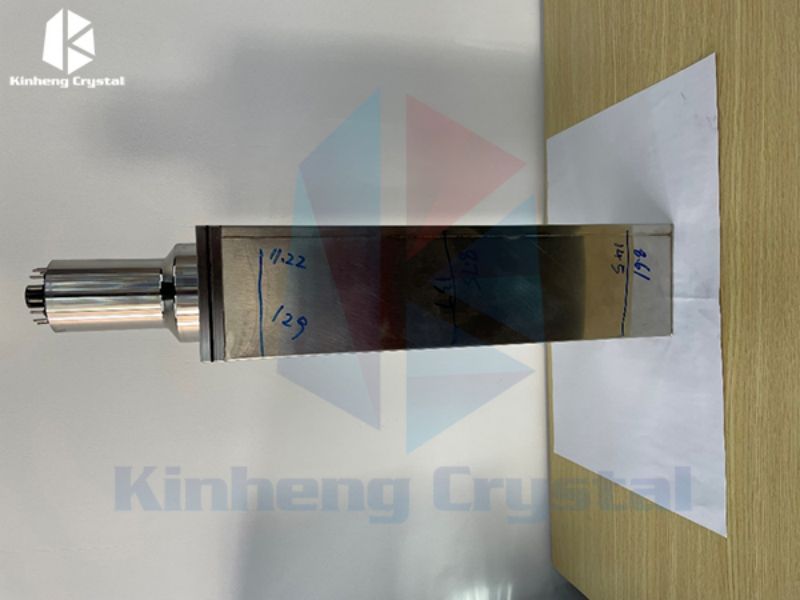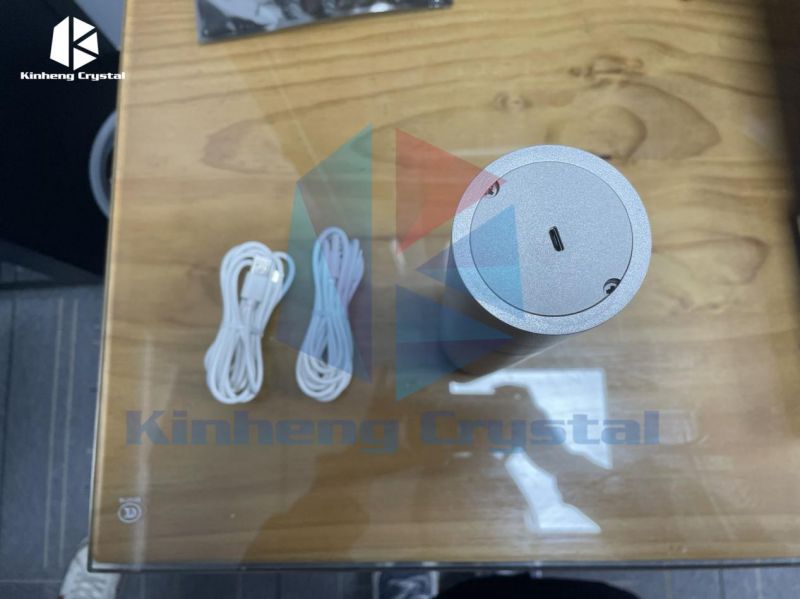Crystal scintillator enhances radiation detection through a process in which incident radiation interacts with the crystal, producing a scintillation or light output that can be detected and measured.
The main ways crystal scintillator enhances radiation detection include: High blocking ability: Crystal scintillator has high density and atomic number, allowing it to effectively block and absorb incident radiation, thereby increasing the likelihood of interaction and scintillation.
Efficient light output: When radiation interacts with a crystal, it deposits energy, exciting the crystal's atoms and causing them to emit photons (scintillation) in the visible or ultraviolet range. This light output is proportional to the energy deposited by the radiation, thus providing a measure of radiation intensity.
Fast response time: Crystal scintillator typically has a fast response time, rapidly generating scintillation when interacting with radiation, allowing for rapid detection and measurement of radiation events.
Energy resolution: Crystal scintillator can distinguish different types and energies of radiation based on the characteristics of the scintillation signal, allowing spectral analysis and identification of specific radiation sources.
Stability and durability: Crystal scintillator are generally stable and durable materials capable of withstanding harsh environmental conditions and long-term use in radiation detection applications.


Overall, the unique properties of crystal scintillator make it an effective tool for enhancing the detection, measurement, and characterization of various types of ionizing radiation.
Post time: Jan-23-2024





